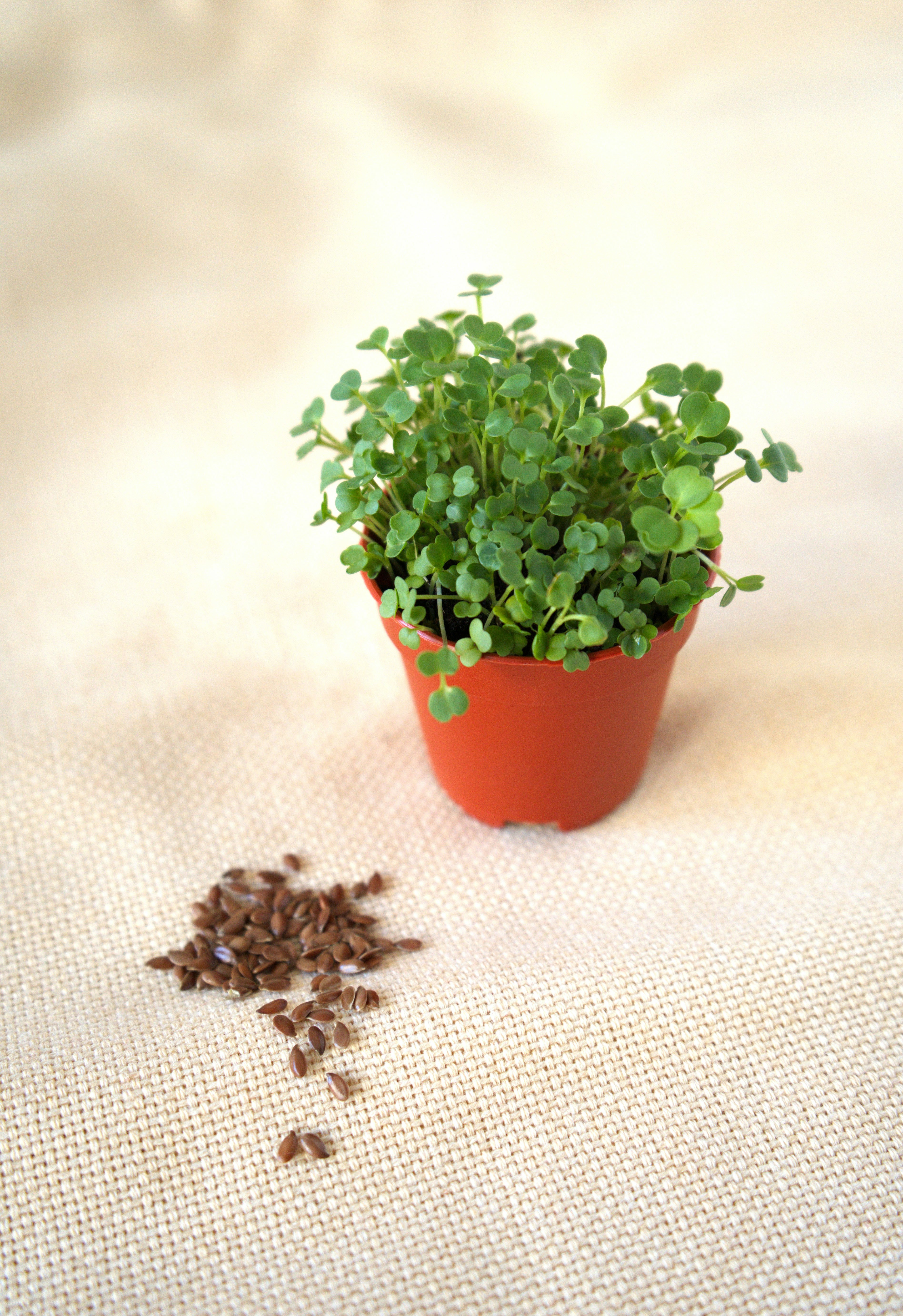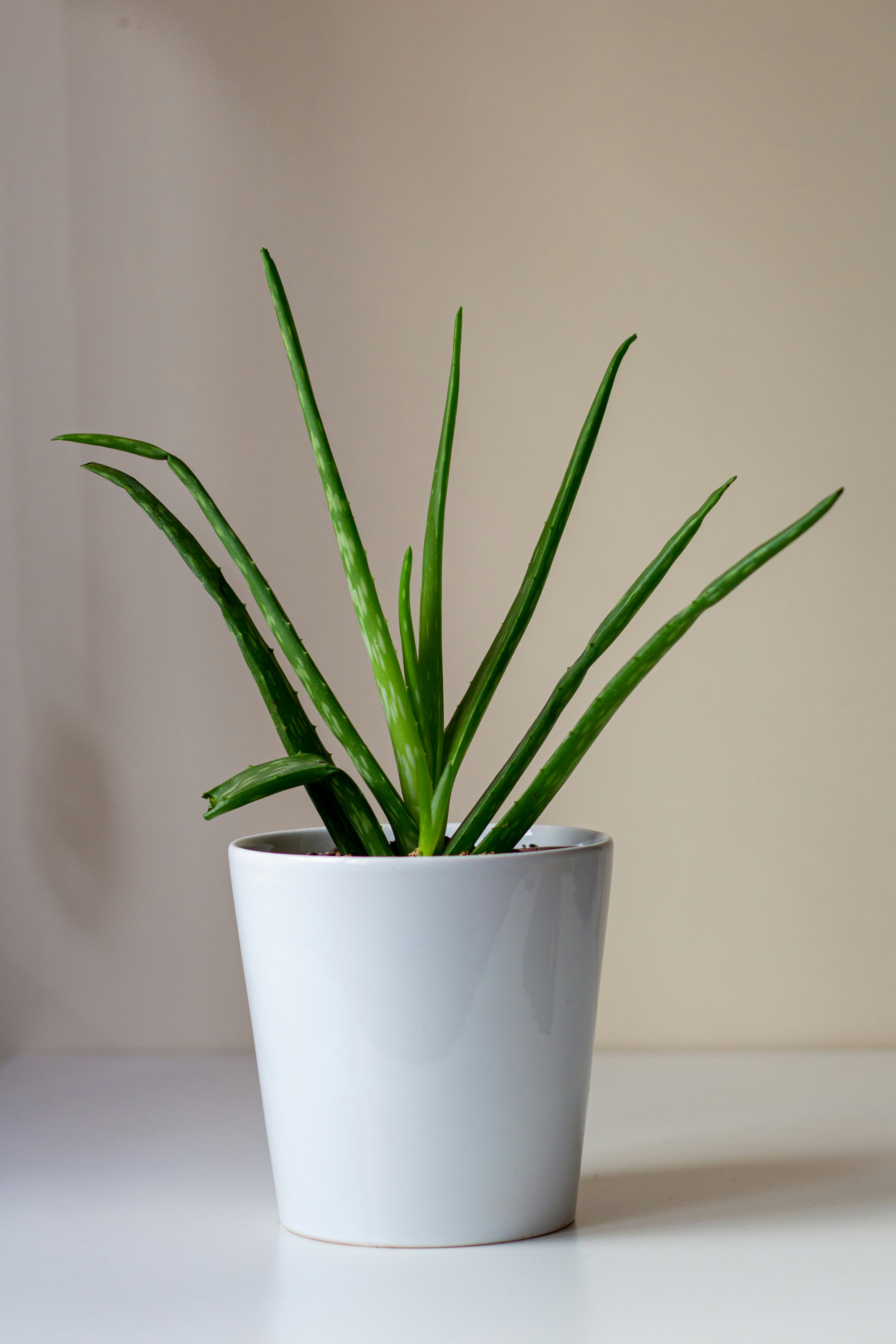Have you ever wondered what might be hiding in your spinach smoothie or that bite of dark chocolate? Before you picture these foods as innocent nourishment, consider the potential presence of oxalates. With buzzwords like “detox” circulating in wellness circles, it’s easy to feel confused about what you’re supposed to filter out of your diet in the name of health. Do oxalate detox protocols work, or are they just another trend? Let’s take a closer look at what oxalates are, why they matter, and whether you should jump on the detox train.
What Are Oxalates?
Oxalates are naturally occurring compounds found in a variety of foods and even produced by your body. Think of them as tiny, uninvited guests that usually don’t cause harm unless they crash the party in large numbers. While you munch on an array of vegetables, nuts, and seeds, you’re likely ingesting these little compounds without even realizing it.
The Science Behind Oxalates
Oxalates are organic acids that take the form of crystals in the body. Intriguingly, your body doesn’t just rely on food to get oxalates; your liver produces them naturally. When consumed, oxalates can bind with minerals like calcium and form sharp crystals. These crystals are usually minor but, in high amounts, can lead to certain health issues like kidney stones.
Common Sources of Oxalates
Before you start mentally crossing off your grocery list, consider that high-oxalate foods aren’t inherently bad. In fact, they’re often rich in nutrients that your body loves. Here’s a glimpse into where you might find oxalates:
| Food Type | Examples |
|---|---|
| Leafy Greens | Spinach, beet greens, Swiss chard |
| Vegetables | Rhubarb, okra, sweet potatoes |
| Fruits | Starfruit, figs |
| Nuts and Seeds | Almonds, sesame seeds, peanuts |
| Beverages | Tea, cocoa |
Enjoying these foods in moderation can provide a host of nutritional benefits, even if they come with a side of oxalates.
The Health Concerns
The perceived need to detox from oxalates usually stems from health concerns associated with excessive intake of these compounds. It’s essential to understand these concerns before thinking about elimination.
Kidney Stones
Kidney stones are perhaps the most well-known issue linked to oxalates. These stone-like clumps form when calcium binds with oxalates in the kidneys. While a genetic predisposition or other health conditions can also contribute to stone formation, a diet high in oxalates may tip the scales.
Joint Pain and Inflammation
Some individuals report joint pain and inflammation due to oxalates depositing in joint tissues. While scientific evidence remains limited, there are anecdotal claims suggesting that reducing oxalate intake can alleviate these symptoms.
Absorption of Nutrients
The binding power of oxalates with minerals means they can interfere with your body’s ability to absorb essential nutrients like calcium and magnesium. However, this isn’t typically a concern unless you are consuming an extremely high-oxalate diet along with deficiencies in these minerals.
Exploring Oxalate Detox Protocols
You might be wondering if drastically reducing oxalates in your diet is the magic solution to these health issues. Here’s where the concept of oxalate detox protocols comes in. These protocols propose methods to “flush out” or minimize oxalates in your system.
What These Protocols Entail
Most oxalate detox protocols focus on dietary changes. It’s about either limiting or eliminating high-oxalate foods and gradually reintroducing them, if ever. Some protocols also suggest supportive supplements that claim to assist in breaking down oxalates or promoting resilience against their formation.
Do They Help or Harm?
Here’s the reality: while some people experience relief from symptoms when they decrease oxalate intake, it’s not a blanket solution for everyone. Reducing oxalates can indeed help those whose bodies are highly sensitive to these compounds, yet others may notice little to no difference.
Additionally, completely cutting out high-oxalate foods can put you at risk for nutrient deficiencies. Those leafy greens and seeds aren’t just oxalate giants; they’re also powerhouses of crucial vitamins and minerals.
The Role of Your Unique Body Chemistry
Not everyone’s metabolic makeup handles oxalates the same way. Your body’s ability to process these compounds could depend on various factors—from your gut health to your genetics.
Gut Health and Oxalate Processing
Did you know that your gut harbors bacteria that can digest oxalates? A healthy gut microbiome is like having a personal detox system right inside you. Disturbances in gut health, perhaps from antibiotics or poor diet, might reduce these beneficial bacteria and change how you handle oxalates.
Bioindividuality and Genetic Factors
Bioindividuality implies that nutritional needs aren’t one-size-fits-all. Genetic variations could dictate how susceptible you are to oxalate-related issues. For instance, certain genetic predispositions can influence how your kidneys process these compounds.
Considerations for Managing Oxalates
With the conversation around oxalate detox protocols heating up, you might be curious whether you should make dietary changes. Here’s a balanced approach to think about.
Balance and Moderation
Opting for moderation rather than elimination might serve you better. Consume a diet rich in various nutrients and consider reducing rather than completely avoiding high-oxalate foods. As they say, the poison is in the dose.
Enhance Your Nutrient Intake
Focus on boosting your intake of calcium and magnesium, minerals that can prevent oxalates from absorbing into your bloodstream. Foods like dairy, leafy greens, and almonds provide calcium and magnesium, potentially counteracting oxalates’ effects.
Stay Hydrated
Proper hydration allows your kidneys to function optimally, helping flush out excess and promoting overall health. Drinking enough water is a simple yet effective strategy for mitigating oxalate-related concerns, especially kidney stones.
Personalized Approach
Before you take matters into your own hands, consider consulting with a healthcare professional. A dietitian or a doctor can help tailor recommendations to match your unique health profile and dietary requirements.
Evaluating the Need for an Oxalate Detox
The allure of detoxing often stems from the hope of rejuvenation and health optimization. But is a dedicated oxalate detox protocol the answer to all your questions?
Proponents’ Perspective
Advocates of oxalate detox protocols argue that for individuals experiencing symptoms, like chronic pain or digestive issues, reducing oxalates can make a significant difference. They often cite instances where symptom relief was achieved after dietary modifications.
The Skeptical View
Critics argue that current research does not support widespread benefits from oxalate detox protocols. They emphasize that eliminating nutrient-rich foods can result in unintended nutritional deficits and may not address the root cause of symptoms.

Conclusions to Ponder
The oxalate detox conversation is nuanced and multifaceted. If you suspect that oxalates are impacting your health, the most logical first step is to gain insight into your unique body and dietary habits. You might find that a balanced diet, emphasizing variety and moderation, could naturally serve your needs without the need for extreme measures.
Being informed, staying mindful, and seeking professional advice could be your best allies in navigating the world of oxalate detox protocols. As you consider if these protocols are right for you, remember that understanding your body is a journey, one not rushed by the latest wellness trends.




